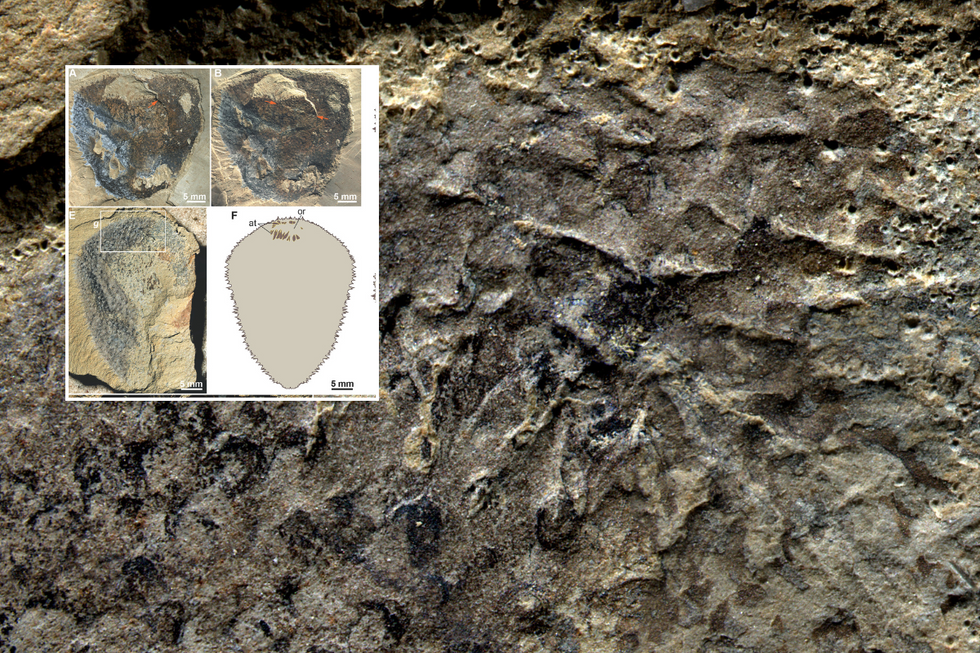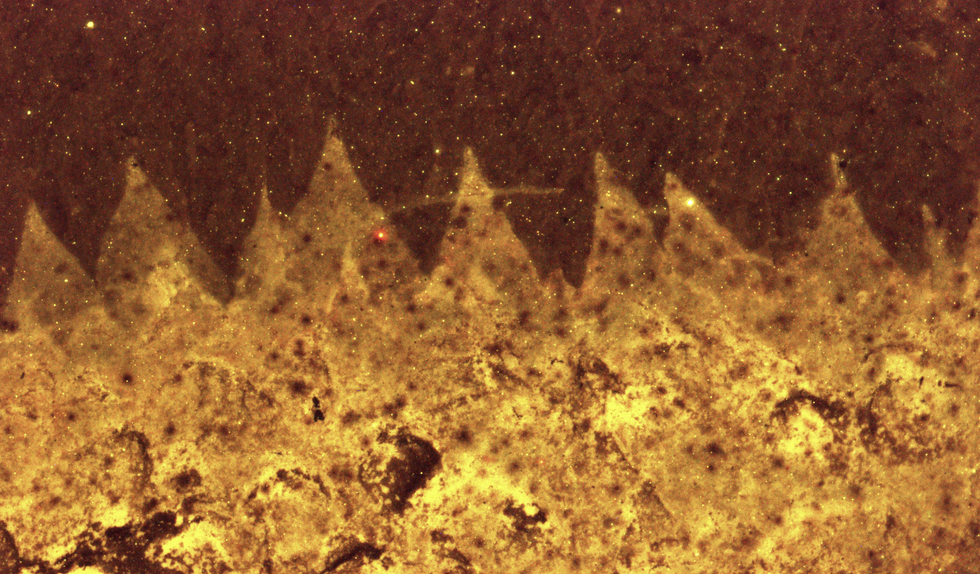Archaeology breakthrough as scientists finally solve 500m-year fossil mystery

Shishania aculeata had long been thought to be one of the very first molluscs
Don't Miss
Most Read
Latest
Scientists have made a breakthrough in solving a 500-million-year-old fossil mystery, reclassifying a peculiar spiny specimen that was once thought to be one of the earliest molluscs.
The fossil, named Shishania aculeata, has now been identified as a distant relative of sponge-like creatures known as chancelloriids.
This revelation is set to reshape our understanding of early animal evolution.
The fossil hails from 500-million-year-old Cambrian deposits in Yunnan Province, southern China, a region renowned for its preserved snapshots of ancient life.

The new discovery could change scientist's understanding of Shishania aculeata
|Zhang Xiguang
Initially, researchers interpreted Shishania as a primitive mollusc, potentially an ancestor of modern snails, slugs, and clams.
It was believed to display mollusc-like features including a muscular foot and specialised mineralised spines.
However, a new international study led by Durham University and published in Science paints a dramatically different picture.
Researchers from Durham and Yunnan universities used better-preserved specimens and advanced imaging techniques to examine the fossil.
They discovered that many features previously thought to indicate molluscan affinity were actually misleading artefacts of fossilisation.
LATEST DEVELOPMENTS
- Archaeology breakthrough as two sunken slave ships found off coast after mysterious disappearance 300 years ago
- Archaeology breakthrough reveals hundreds of metal objects over 3,000 years old on mysterious volcanic hilltop
- Archaeology breakthrough as hundreds of 1,000-year-old skeletons discovered under UK university campus

Hollow triangular spines protrude from the margin of a Shishania specimen
|Zhang Xiguang
Study co-author, Dr Martin Smith of Durham University said: "These ancient fossils turned out to be masters of disguise. Shishania seemed to show all the hallmarks we might expect of an early mollusc ancestor.
"But as it dawned on us that the mollusc-like outlines of the fossil material represented a work of fossil origami, we were led to re-examine each other part of the interpretation in turn."
"The mystery started to unfurl once we found chancelloriids preserved in a very similar way in the same rock unit," Dr Smith added.
The reclassification is particularly significant because chancelloriids are an enigmatic group known only from Cambrian rocks, disappearing around 490 million years ago.
With its extremely simple spines, Shishania suggests that chancelloriids developed their ornate spicules from scratch.
This reveals something profound about how complex body plans evolved during the Cambrian explosion.
Dr Smith admitted the fossils initially seemed to confirm his own theories about early mollusc ancestors.
Further analysis revealed patterns once thought to reflect molluscan biology were actually preservation artefacts.
Compression and deformation during fossilisation had made the simple cylindrical animals appear more anatomically complex than they truly were.











